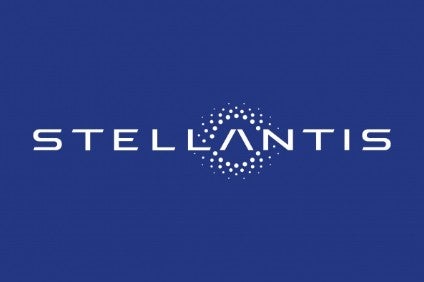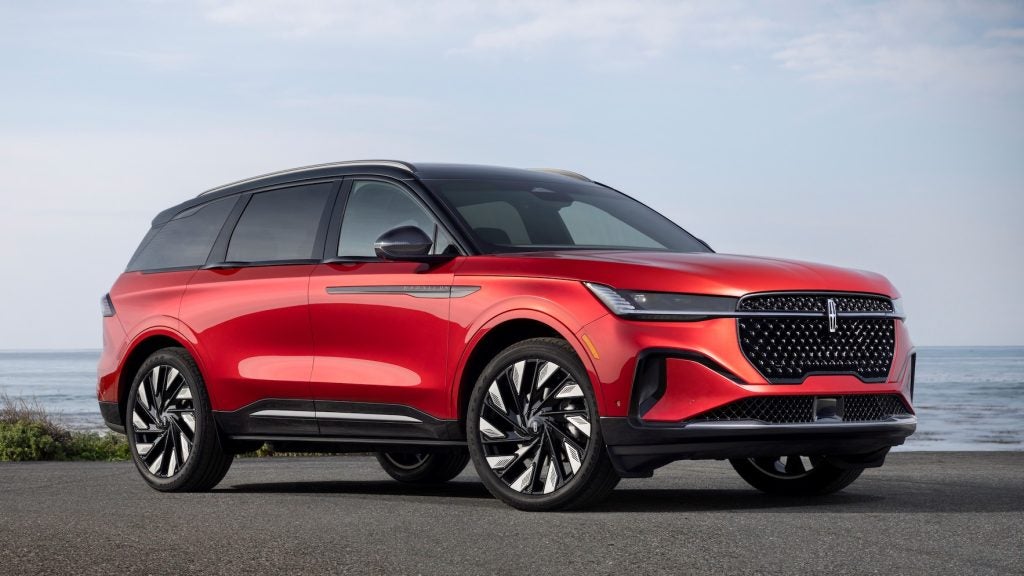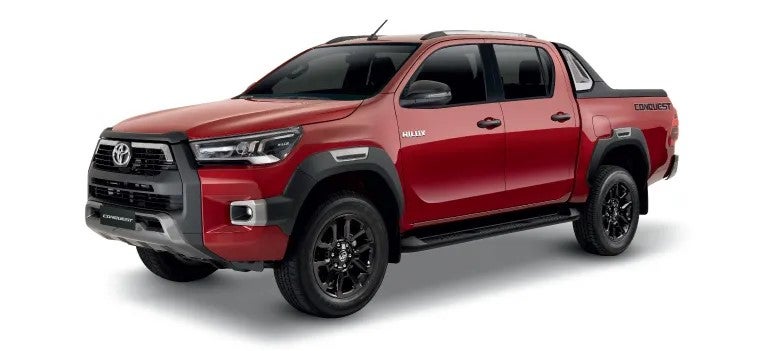This week’s first part of a two-article look at future Toyota models was the most-read story on just-auto this week. Operating income of JPY506bn in the first half of fiscal 2021 was “the result of steady efforts”, Toyota said on 6 November. This extraordinary news came after strong performances by the Toyota brand in almost all regions, especially China, the US and Japan. The company simply has an uncanny genius for envisaging what models will make the most money and that includes not going too heavily into EVs. Compared to similarly sized Volkswagen, TMC is almost a sceptic when it comes to electric cars. The company has no particular bias against them, it’s more that there has been almost a quarter of century’s investment in hybrids and these are highly profitable. EVs are coming in ever greater numbers though; it’s just that some of them are part of JVs and most electric Toyotas will be available mostly in markets where legislation demands so or buyers seem keen to embrace them.
PSA and FCA have unveiled the logo for Stellantis, the new group which will result from their 50:50 merger. “The logo symbolises the rich heritage of Stellantis’ founding companies and the unique combined strengths of the new group’s portfolio of 14 storied automotive brands, as well as the diversity of professional backgrounds of its employees working in all of the regions,” said a statement from PSA and FCA.
Honda plans to combine all of its automobile manufacturing facilities in the US related to frame, engine, transmission, and related engineering and purchasing operations into one new company, to be named Honda Development & Manufacturing of America (HDMA). The new company also will integrate the automobile product development operations of Honda R&D Americas (HRA). The unification of Honda’s manufacturing operations and merger with auto product development will be effective on 1 April, 2021. “We are announcing a number of changes to our business operations that continue the journey we began last year, to become a more lean, nimble and unified company in North America,” said Shinji Aoyama, chief officer of North American Regional Operations of Honda Motor and president & CEO of American Honda.
The Thai government has approved a package of new investment incentives covering the electric and hybrid vehicles segments, replacing existing incentives that have been available since 2018. An analyst told just-auto it’s going to be a big boost for Thailand’s automotive sector and could see it become an EV production hub. Bakar Sadik Agwan, senior automotive consulting analyst at GlobalData, said the new set of comprehensive manufacturing incentives/promotion packages covering the entire EV ecosystem is a ‘major positive development’. “It brings Thailand close to its ambition of emerging as a EV production hub in the near-future. It’s a major positive development. The new incentives replace the first incentive program launched in 2017 and expired in 2018, and cover battery EVs, hybrid EVs, plug-in hybrid EVs and EV components including batteries for passenger vehicles, commercial vehicles, two-wheelers and others. Thailand has been aggressive about its EV roadmap and presently leads the race when compared to key countries in ASEAN i.e., Malaysia and Indonesia.”
I’ve been pedalling around in the top EX spec variant of Honda UK’s now all-hybrid fourth generation Jazz range. The 1.5-litre petrol, two motor hybrid powertrain branded e:HEV is similar (but updated) to that used in the latest CR-V and, in other markets, models such as the Accord. The UK Jazz comes with a choice of two body styles – the hatchback gets three trim levels while the higher riding Crosstar comes only with top EX specification. Other markets can also get this latest Jazz with a 1.3 petrol engine. This is the first of six electrified Honda models scheduled to be introduced in Europe by 2022 and, Honda said, “has been engineered to deliver a compelling blend of strong performance and impressive efficiency to complement its class-leading levels.”
Britain’s GBP130m (US$171m) UK Battery Industrialisation Centre (UKBIC) in Coventry, will soon be operational. The 18,500 square metre publicly funded facility – which has already begun to welcome the first customers through its doors – can be accessed by any organisation with existing or new battery technology if that technology will bring green jobs. UKBIC – which had planning permission two years ago – contains GBP60m of specialist battery manufacturing equipment which is now in the final stages of commissioning. Most of the equipment will be commissioned by the end of this year. Its capability allows organisations in the UK to prove whether their promising technologies (from electrode and cell materials through to battery modules and packs) can be manufactured at the required volume, speed, performance and cost to be commercially successful.
How well do you really know your competitors?
Access the most comprehensive Company Profiles on the market, powered by GlobalData. Save hours of research. Gain competitive edge.

Thank you!
Your download email will arrive shortly
Not ready to buy yet? Download a free sample
We are confident about the unique quality of our Company Profiles. However, we want you to make the most beneficial decision for your business, so we offer a free sample that you can download by submitting the below form
By GlobalDataWhile the term ‘second life’ conjures thoughts of an online world in which residents create virtual representations of themselves, in the automotive real world it refers to a new, non-automotive use of a lithium ion battery following its initial use in a vehicle. Continuing just-auto/AIC’s series of research snapshots, Matthew Beecham took a look at some recent automaker initiatives to give their electric vehicle (EV) batteries a second life.
Ford said its Kansas City Assembly Plant will build the new E-Transit van, as part of a US$3.2bn investment in North American factories to produce a series of new electric vehicles. The new electric Transit will join the F-150 large pickup truck EV announced in September and the Mustang Mach-E, which begins arriving in US dealer showrooms next month. The F-150, which will be assembled at the new Rouge Electric Vehicle Center in Dearborn, Michigan, arrives in mid-2022, following the E-Transit in late 2021. Electric vehicles are a key part of Ford’s commitment meet the requirements of the Paris Accord and achieve carbon neutrality globally by 2050.
Volkswagen of America has started construction of its Battery Engineering Lab at its Chattanooga Engineering and Planning Center in Tennessee.
The US$22m facility will test and validate electric vehicle cells and battery packs for North America. The new lab will complement a 564,000 square foot electric vehicle production expansion and 198,000 square foot battery pack assembly facility at Chattanooga to form the automaker’s EV production and engineering hub in the region. VW will test and optimise battery cells made in Georgia at the new lab and this testing will include batteries for the ID.4 BEV SUV scheduled for US production in 2022.
China’s new vehicle market continued to recover in October 2020, with sales rising by 12.5% to 2.57m units from 2.29m units in the same month of last year, based on passenger car and commercial vehicle wholesale data released by the China Association of Automobile Manufacturers (CAAM). The economy has rebounded strongly from the COVID-19 pandemic earlier in the year, helped by huge government stimulus including sharply higher fiscal spending, interest rate cuts and lower reserve requirements for banks. GDP expanded by 4.9% in the third quarter after shrinking by 3.2% in the second quarter, resulting in 0.7% growth in the first nine months of the year.
Have a nice weekend.
Graeme Roberts, Deputy Editor, just-auto.com








